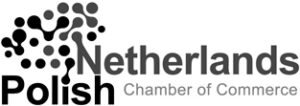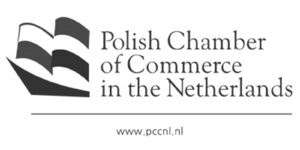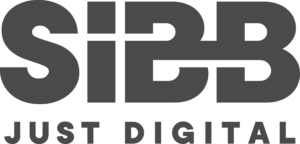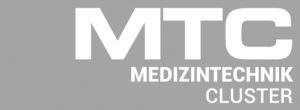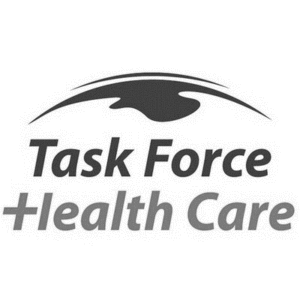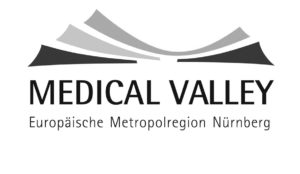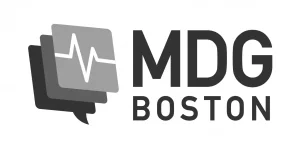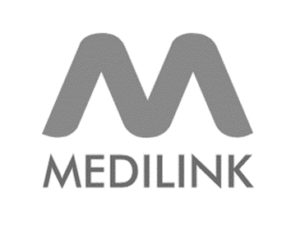The healthcare systems in the United States (USA) and the European Union (EU) exhibit significant differences in their structures, financing models, accessibility, and philosophies.
Here the list of key differences:
- Access and Coverage
- Costs and Pricing
- Medical Philosophy
- Patient Choice and Network Restrictions
- Health Outcomes and Satisfaction
- Financing Models
Key differences
Access and Coverage
• USA: The U.S. does not have universal healthcare coverage, leaving a portion of the population uninsured. Access to care can be limited by financial constraints and geographical disparities.
• EU: Most EU countries provide universal healthcare coverage, ensuring that nearly all citizens have access to necessary medical services.
Costs and Pricing
• USA: Healthcare costs in the U.S. are among the highest globally, with significant spending on pharmaceuticals and medical procedures. Prices for healthcare services and prescription drugs are notably higher compared to Europe.
• EU: European countries generally have lower healthcare costs due to regulated pricing and negotiation of drug prices.
Medical Philosophy
• USA: The U.S. healthcare system tends to focus more on reactive care, treating conditions after they develop, which can lead to higher costs and more intensive treatments.
• EU: European healthcare systems often prioritize preventative care, emphasizing early detection and intervention to maintain health and prevent illnesses.
Patient Choice and Network Restrictions
• USA: While patients have the freedom to choose healthcare providers, access can be limited by insurance networks, leading to a “gated” system where choices are restricted once insured.
• EU: Many European systems allow patients to choose their healthcare providers freely, with fewer restrictions on accessing specialists.
Health Outcomes and Satisfaction
• USA: Despite high spending, the U.S. often lags behind other developed countries in health outcomes and patient satisfaction.
• EU: European countries generally report higher patient satisfaction and better health outcomes, partly due to universal access and preventative care strategies.
Financing Models
• USA: The U.S. healthcare system is a mixed model, combining public programs like Medicare and Medicaid with private insurance. A significant portion of the population relies on employer-sponsored insurance, while others purchase insurance through marketplaces or pay out-of-pocket.
• EU: European healthcare systems are primarily based on two models: the Beveridge model (e.g., the UK), which is tax-financed and provides universal access, and the Bismarck model (e.g., Germany), which is financed through mandatory contributions by employers and workers.
The main financing sources for healthcare in the European Union (EU) vary by country but generally include a combination of public and private funding mechanisms.
Here are the primary sources of Financing:
Public Financing
• General Taxation: Many EU countries fund healthcare through general taxation, where a portion of taxes collected by the government is allocated to healthcare services. This model is prevalent in countries like the UK, which operates under the Beveridge model.
• Social Health Insurance: Countries such as Germany, France, and the Netherlands use a social health insurance model, where contributions are made by employers and employees to fund healthcare services. This model is often referred to as the Bismarck model.
• Government Budgets: Public healthcare expenditure is also funded directly from government budgets, with significant portions allocated to healthcare services in countries like Denmark and Sweden.
Private Financing
• Private Insurance: Some EU countries have a significant share of private health expenditure, such as Cyprus and Malta, where private insurance plays a larger role in financing healthcare services.
• Out-of-Pocket Payments: Patients may also pay directly for certain services or additional coverage not covered by public systems.
EU Structural Funds
• Infrastructure Investments: The European Union provides structural funds, such as the European Regional Development Fund (ERDF) and the European Social Fund (ESF), which support healthcare infrastructure investments in member states. These funds are particularly important for capital expenditures like hospital renovations and equipment upgrades.
SUMMARY
The U.S. healthcare system is characterized by high costs, limited universal coverage, and a focus on reactive care, while European systems emphasize universal access, preventative care, and cost control through regulation.
The EU’s healthcare financing is predominantly public, with significant contributions from social health insurance and general taxation, while private insurance and EU structural funds also play important roles.
SOURCES
- https://www.ispor.org/heor-resources/more-heor-resources/us-healthcare-system-overview/us-healthcare-system-overview-background-page-1
- https://en.wikipedia.org/wiki/Healthcare_in_the_United_States
- https://www.sanidad.gob.es/estadEstudios/estadisticas/docs/presentacion_en.pdf
- https://www.europarl.europa.eu/workingpapers/saco/pdf/101_en.pdf
- https://bekey.io/blog/healthcare-systems-in-the-usa-and-europe-differences-challenges-trends
- https://www.healthaffairs.org/do/10.1377/forefront.20171214.835155/
- https://commission.europa.eu/system/files/2018-06/european-semester_thematic-factsheet_health-systems_en_0.pdf
- https://aspe.sggw.edu.pl/article/view/171
- https://pmc.ncbi.nlm.nih.gov/articles/PMC8989962/
- https://www.frontiersin.org/journals/public-health/articles/10.3389/fpubh.2022.873433/full

